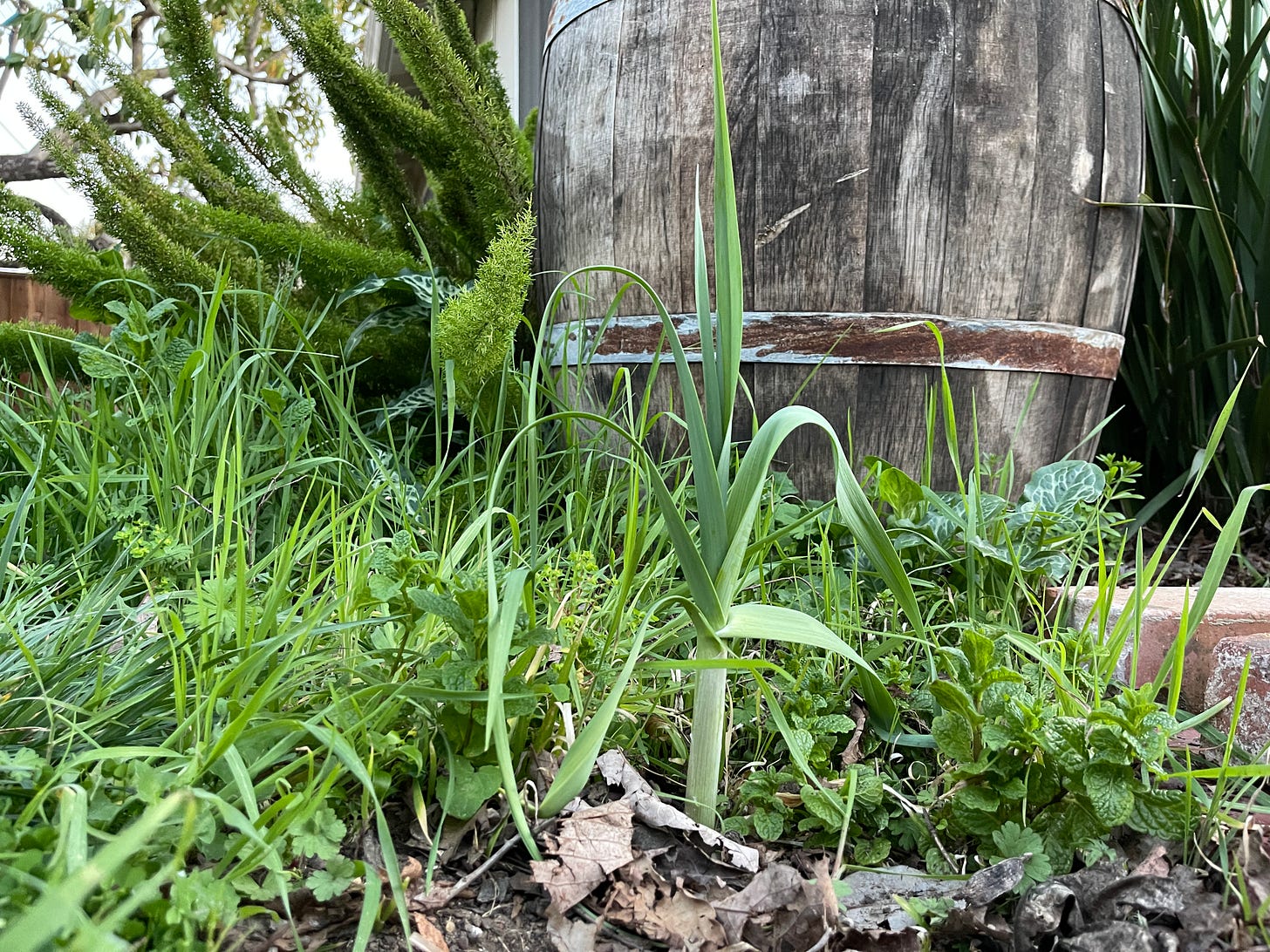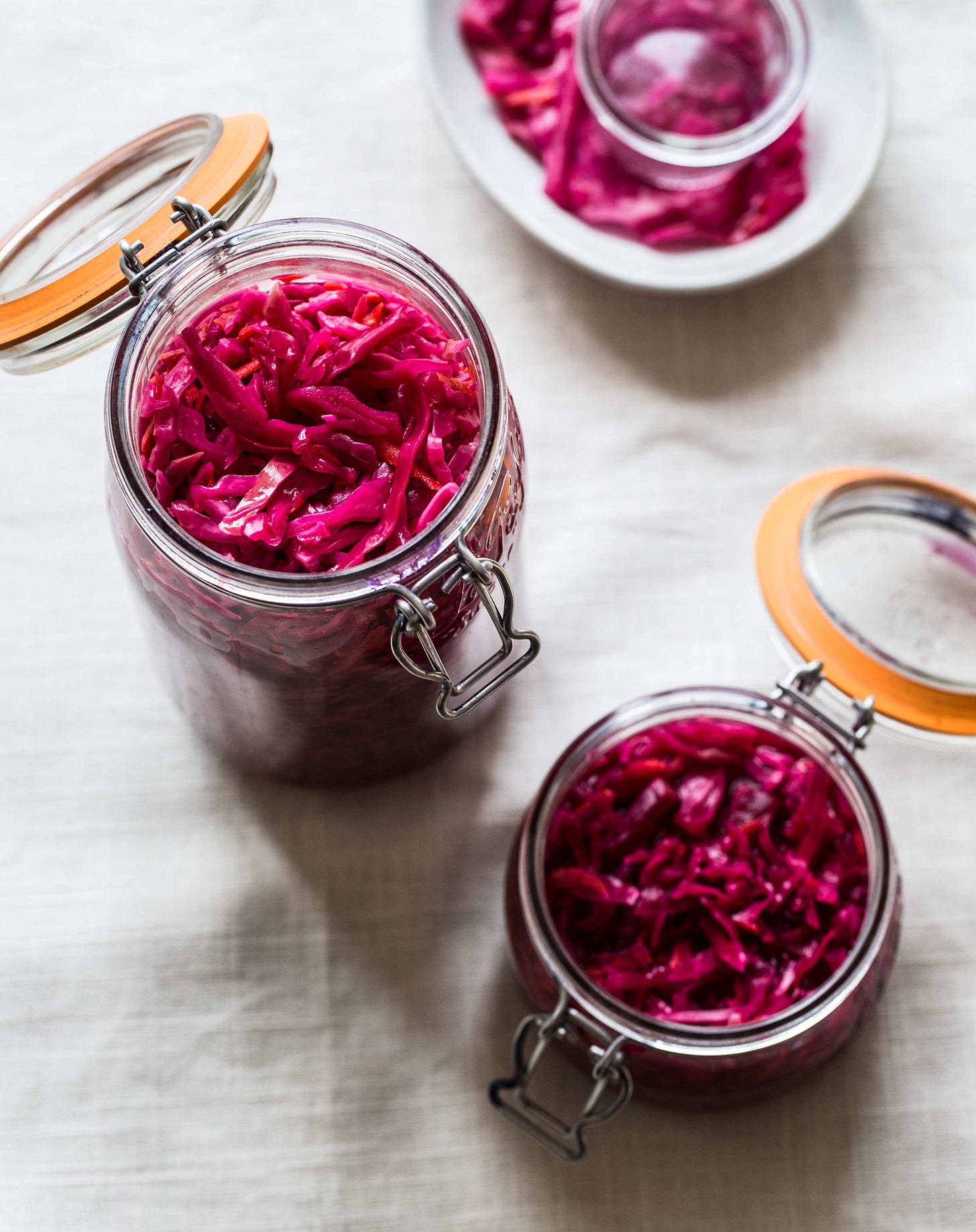Yard waste, food scraps and wasted food. Rather than sending these resources to away-land, use them to help regenerate your yard.
Hugelkultur: Deadwood, in fact, is not useless
Essentially, a hugelkutur bed consists of soil filled with dead logs and branches.
The decomposing wood releases water and nutrients into the soil to conserve precious resources. As insects tunnel through the rotting wood, they aerate the soil. Because the beds contain bulky wood, they require less soil to fill, which reduces the need to spend hard-earned cash on soil bagged in single-use plastic. And on top of all of those benefits, you get to say “hugelkultur” over and over and over.
Had I more space, I would build hugelkultur mounds—what you’ll mostly find when reading up on hugelkultur. These tall and often very long mounds provide more surface area in which to grow plants and they enable gardeners to harvest their bounty without bending over, saving their backs and knees.
Go here to learn more about hugelkultur.
Regrow food from scraps indoors
Don’t have a yard? Grow something on your counter.
To regrow basil from a few sprigs, for example, start with a very fresh bunch of basil. Trim the ends a bit, place the basil in a jar of water and the sprigs should sprout roots. (Of all the herbs I’ve tried this with, basil has worked best.) Once you have lots of roots, plant the basil in a pot of soil set in a sunny window. (Go here for more details on this method.)
Snip off the basil you need as you need it. By growing your own this way, you’ll avoid not only the fossil-fuel-derived plastic clamshells and bags that house most store-bought basil, you won’t need to buy so much as a seed packet to grow your herb. (Not that I have anything against seed packets! But I do prefer free!)
Last spring, I tried this trick with basil after my daughter MK had removed all of the leaves to make pesto. I wondered if the stripped stems would sprout roots in my jar of water and to my delight, they did!
Although I ended up planting those sprigs outside, a pot in a sunny window would also have worked. We enjoyed basil all summer and at the end of the season, I let some of the plants go to seed by not pinching off any bolting. The bees pollinated the basil and I now have more seed than I can possibly use—perfect to bring to our local garden share this month!
This regrowing trick works well for rosemary—which can be difficult to grow from seed—but opt for an opaque container, not a clear jar. I’ve sprouted rosemary both ways and the roots grow demonstrably quicker in the dark. (Thank you Kathy Cronk on my Facebook page for the tip on opaque containers.) After your rosemary sprigs have grown several hairy roots, plant them in a pot of soil indoors or, when the weather warms up, out.
Regrow green onions and leeks too
Save the white ends of green onions and leeks, place them in a small jar of water and after they have grown some new green shoots, plant them in soil. I’ve planted green onion ends in a pot outside and in the soil. Both work well. I plant regrown leeks directly in the ground. The leeks grow very slowly. I planted the one pictured down below last summer. It and another one survived the winter and have recently started growing larger.
One of my green onions went to seed last summer. I wasn’t able to harvest most of the seeds, but I grabbed a few. I’ll plant those soon.
Compost food scraps, avoid buying plastic bags of black gold
For the 30 Days of Climate Action newsletter I wrote in January, I included a piece on composting options indoors and out. You can read that compost newsletter here. Done properly, food scraps decomposing in a compost pile emit no stench and finished compost smells wonderful—earthy, rich and full of possibility. Mix it in with your soil for a water-conserving, nutrient-dispensing and free soil amendment.
Go here for more low-waste gardening ideas on the cheap.
Thank you to everyone who joined the cook-a-long last week, Make Borscht Not War. It raised $2,753 for humanitarian relief in Ukraine and clips of it aired on CBC’s The National! The next fundraiser—Solidarity Sauerkraut—takes place on Wednesday, March 30th. All proceeds go toward Ukrainian relief. Go here for more details and to register.









If you already have leeks growing, instead of pulling them out of the ground,you can cut them, just above the base and leave the base and roots in the ground. This will re-grow into another leek quite quickly.